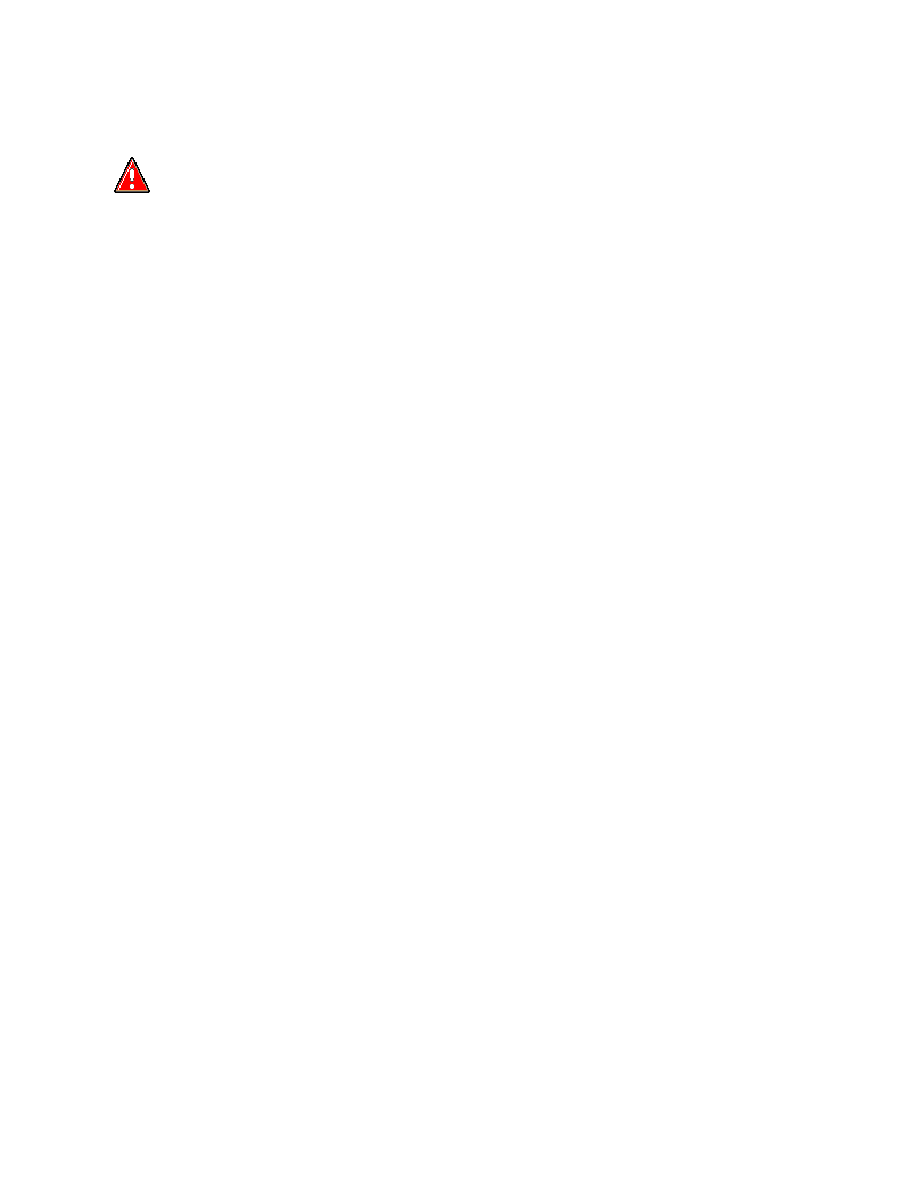LR3/Disco 3

Remedial actions
If an accident involving R134a should occur, conduct the following remedial actions:
l
If liquid R134a enters the eye, do not rub it. Gently run large quantities of eye wash over affected eye to raise the
temperature. If an eye wash is not available, cool, clean water may be used to flush the eye. After rinsing, cover
the eye with a clean pad and seek immediate medical attention.
l
If liquid R134a is splashed onto the skin, run large quantities of water over the affected area to raise the
temperature. Implement the same action if the skin comes in contact with discharging cylinders. Wrap the
contaminated body parts in blankets (or similar materials) and seek immediate medical attention.
l
If the debilitating effects of inhalation of R134a vapour are suspected, seek fresh air. If the affected person is
unconscious, move them away from the contaminated area to fresh air and apply artificial respiration and/or
oxygen and seek immediate medical attention.
Service precautions
Observe the following precautions when handling components used in the system:
l
A/C units must not be lifted by their hoses, pipes or capillary lines.
l
Hoses and lines must not be subjected to any twist or stress; the efficiency of the system will be impaired by kinks
or restrictions. Ensure that hoses are correctly positioned before tightening couplings, and ensure that all clips and
supports are utilised.
l
Flexible hoses should not be positioned closer than 100 mm (4.0 in) to the exhaust manifold unless protected by
heat shielding.
l
Completed assemblies must be checked for refrigeration lines touching metal panels. Any direct contact of
components and panels may transmit noise and so must be eliminated.
l
The appropriate torque wrench must be used when tightening refrigerant connections to the stipulated value. An
additional spanner must be used to hold the union to prevent twisting of the pipe when tightening connections.
l
Before connecting any hose or pipe, ensure that refrigerant oil is applied to the seat of the new 'O' rings, BUT NOT
to the threads of the connection.
l
All protective plugs or caps must remain in place in the component until immediately prior to connection.
l
Ensure components are at room temperature before uncapping/unplugging, to prevent condensation of moisture
from the air that enters it.
l
When disconnecting, immediately plug or cap all pipes to prevent ingress of dirt and moisture into the system.
l
Components must not remain uncapped/unplugged, if a system has been left uncapped/unplugged for 24 hours or
longer, a new receiver/drier must be fitted.
l
The receiver/drier contains desiccant which absorbs moisture. It must be positively sealed at all times. A
receiver/drier that has been left uncapped for longer than 24 hours must not be used; fit a new unit.
l
The receiver/drier should be the last component connected to the system to ensure optimum dehydration and
maximum moisture protection of the system.
l
Whenever a component of the refrigeration system is replaced, it will also be necessary to fit a new receiver/drier
unit.
l
Use alcohol and a clean lint-free cloth to clean dirty connections.
l
Ensure that all new parts fitted are marked for use with R134a.
l
When a major repair has been completed, a leak test should be conducted; refer to the Repairs Section of this
manual for the correct procedure.
Refrigerant oil
WARNING: Due to its low evaporating temperature, R134a must be handled with care. R134a splashed
on any part of the body will cause immediate freezing of that area. Also, refrigerant cylinders and replenishment
trolleys when discharging will freeze skin to them if contact is made.
